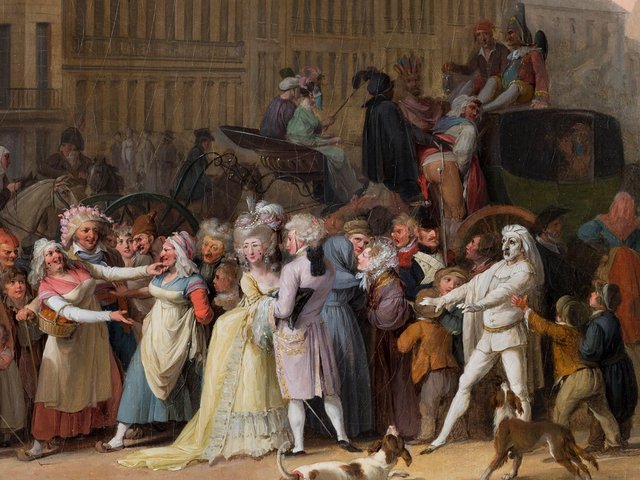The French artist William-Adolphe Bougeureau (1825-1905) was once an official darling of the Second Empire and early third Republic. Religious and classical subjects, more often than not of soft-focus nudes, were his stock in trade and made him enormously popular, especially in the US where the cultural cringe demanded obeisance to France and found in Bougeureau French art without tears. The Gilded Age Robber Baron mine owner, financier and speculator, Joseph Raphael De Lamar, is a good example of this trend. He snatched up Bougeureau’s Dawn (1881) which the artist had purposefully painted for such a sale by his dealer, Adolphe Goupil, whose New York branch targeted rich Americans. But the worm of taste soon turned, and Bougeureau was laughed to scorn by the next generation who excommunicated him from the church of Modernism and its infallible evolutionary doctrines of art historiography.
And now? The admirable Abigail Solomon-Godeau hits the nail on the head in her essay on Bougeureau reception where she discusses the issues of revisionism (what discourse makes Bougeureau the equal of Degas?) and reveals the contradictions of art-historical discussion (if it must be blind to issues of gender, race, sexuality and difference, does it cease to art history and become some other discipline?). Perhaps if the general viewer doesn't give a whit about these sensitive intellectual concerns, but merely enjoys chocolate-box pictures (they have their place and appeal!), then Bougeureau needs no special pleading. But like all super syrupy dainties, a little goes a long way.
- Tanya Paul and Stanton Thomas, eds, Bougeureau and America, Yale University Press in association with Milwaukee Art Museum and the Memphis Books Museum of Art, 192pp, £35 (hb)




